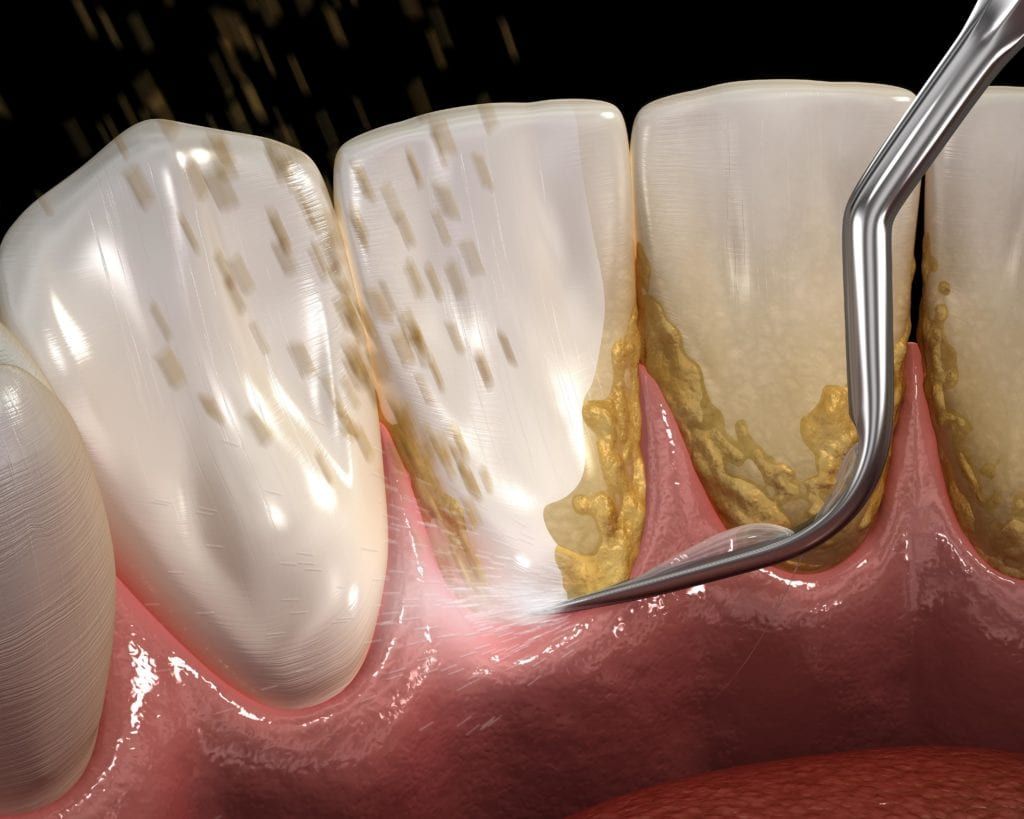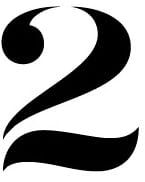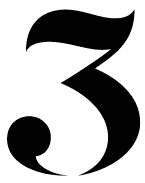A dental cleaning is an important preventative dental treatment used by general dentists to maintain your oral health and reduce the risk of tooth decay and gum disease. The American Dental Association notes that dental cleanings should be performed every six months by a general dentist, however some individuals may require more frequent teeth cleanings. Additionally, there are different types of dental cleanings offered by your dentist’s office.
In fact, there are four types of dental cleanings that your local general dentist may perform. To determine which type of teeth cleaning is best for you, an oral exam will be performed to evaluate your teeth and gums. Based on the findings of this exam, your dentist will recommend one of the following dental cleanings:

Prophylaxis:
A prophylaxis cleaning removes plaque and tartar as a preventative measure. They are performed on mostly healthy teeth in order to simply maintain their dental health. In fact, the word prophylaxis means “to prevent disease”. Prophylaxis cleanings prevent the two most common dental diseases: tooth decay and gum disease. If you brush twice a day, floss daily, and schedule regular appointments with your local dental office every six months, chances are you will only need a prophylaxis cleaning.


Scaling and Root Planing:
A scaling and root planing cleaning takes things one step further than a prophylaxis cleaning and is sometimes referred to as a deep cleaning. Scaling and root planing cleanings are performed when there are signs of gum disease. The first step is similar to a prophylaxis cleaning where plaque and tartar are removed from the surface of the teeth. However with a deep cleaning, the gum pockets below the gum line are also cleaned. Together, this is known as scaling. The second step is known as planing and consists of the root surface being smoothed to promote reattachment of the gum tissue. Depending on the severity of gum disease, multiple dental visits and local anesthetics may be required.

Periodontal Maintenance:
A periodontal maintenance cleaning is similar to a scaling and root planing cleaning, however they are usually performed more often. Periodontal maintenance cleanings are also used to treat gum disease, but they are used to treat the more advanced form called periodontitis. The frequency of these cleanings depends on how severe the case of periodontitis is. Since this form of gum disease is not reversible, periodontal maintenance cleanings are the only way to prevent the disease from getting worse and causing tooth loss.

Gross Debridement:
A gross debridement cleaning is a heavy duty teeth cleaning that is used when there is a large amount of plaque and tartar buildup on the teeth. In these cases, a prophylaxis cleaning would not be sufficient. With a gross debridement cleaning, a scaler tooth is used to gently scrape off the plaque and then an electric tool is used to loosen and remove the hardened tartar. This is often followed by the usual prophylaxis cleaning.
As you can see, your general dentist can offer a variety of dental cleanings based on your individual dental needs. For most dental patients, prophylaxis cleanings every six months are sufficient. For those with gum disease, scaling and root planing, as well as periodontal maintenance cleanings performed more frequently may be the better choice. Finally, for those with a large amount of buildup, a gross debridement cleaning will likely be recommended.


